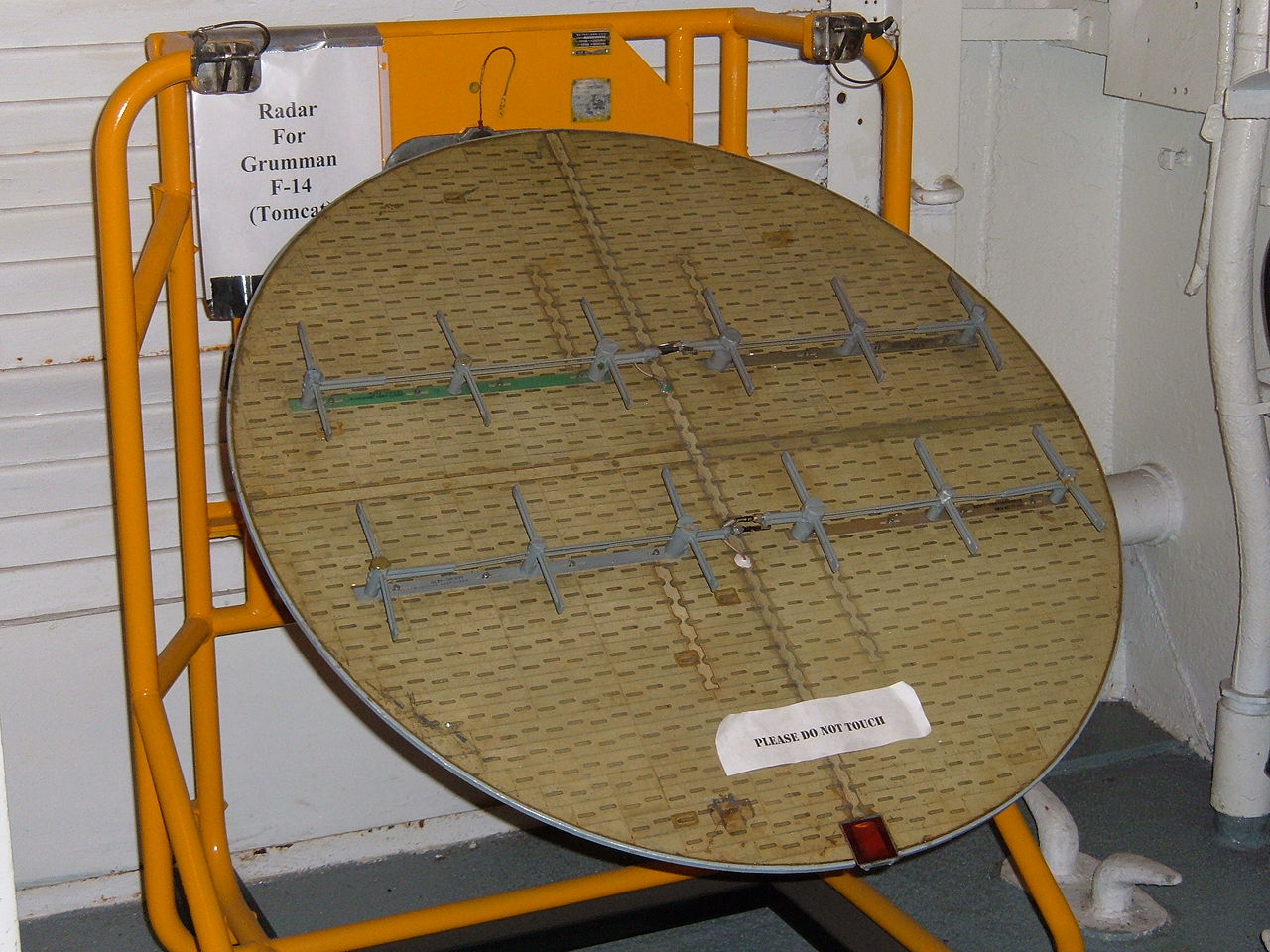@MaMoran20 Care to explain
Well lock range of aim 7m on f16 is 40 km but on the f14 its 60km oom want the f16 aim 7s to have the same lock range
I’m aware, the lock range was changed on the aircraft with the more powerful radar for a reason.
I don’t mind gajin expand to 12.3 BR for F-16A Block 15 ADF (USAF) and F-16A Block 20 MLU (ROCAF) after increase lock range AIM-7M to 60 km and AIM-7M from major update “Alpha Strike” to live server but slightly worried gajin forget or lazy
In cdk dev server gajin add AIM-9P-4 ?
I might hope Gunjob or David_Bowie report to gajin increase lock range AIM-7M from dev server to live server
And change 2x AAM stock to AIM-9P-4 & AIM-9L replace with AIM-9M or AIM-9M-9 on F-16A Block 20 MLU (ROCAF) from major update “Alpha Strike” before to live server
But that is the thing the F-16C (really the AN/APG-68) use the HPRF guidance waveform(PDILL), not the CW-I illuminator, where the F-16A (AN/APG-66) uses the latter and not the former.

But then the F-14 lacks an Illuminator but is somehow cleared to use the AIM-7E,-7F & -7M, of which the -7E requires continuous illumination, though the -7E-4 uses the -7F’s seeker, but the SAC / Flight manual isn’t specific in that regard.
I wasn’t aware the F-14 lacked a CW illumination device.
Compare an image of the AN/AWG-9’s antenna array to that of the APQ-120 / APG-59, the latter has a massive and obvious feedhorn (the trumpet looking aperture imbedded in the face of the antenna ) sticking out of it, where the former doesn’t.
Anyone know if the current F-16ADF, found at 12.0 in the American air tech tree, is capable of carrying 6 Aim-120s like its later counterparts such as the F-16C/D? Or is it limited to 2, similar to its sparrow limitations…
There are images of the ADF carrying multiple AMRAAM, as well as the Block 20 MLU. In national guard service they have even been equipped with AIM-120C variants.
main radar has a higher directivity gain, ~40dB compared to the horn’s(assumed to be 12° cone) 25dB. Now add more raw power and the energy returned is just higher, thus range is higher. F14/F15 use the main antenna and the F16s use a separate CW illuminator. SO different.
The AWG-9 has a CW illuminator and the rio can choose to either guide the sparrow through it or with the main HPRF signal through a switch.
It doesn’t have a separate illuminator(like a horn on the f14-phantoms), but the skyflash guidance occurs like in the Mig 29/Su27. It switches from tracking to illuminating and back and forth
You can see it has 2 TWTs, one for the main signal and the other for CW.
Which is why this update the skyflash for the tornado has a small beamwidth, the beamwidth is that of the main radar.
The signal of each TWT is not fixed, either can do CW/FMICW. If one stops working during tracking, the lock will be lost and switch just to CW as it has priority
BUT its seems to have a horn to provide some overspill for the skyflash’s refeference signal. They are on the diagram aswell.
Yes I was more making a point of appearance doesn’t mean much of anything.
Well, Its sort of important as it defines the sidelobe pattern of the antenna(at least for the earlier types that use a single / twin reflecting element design ), and thus HPBW angle and so effective tracking error limits for some quantity of reflected energy.
Which is why a separate dedicated Waveguide was supplied alongside the parabolic dish for the antenna array of the APQ-120 / APG-59, while a narrower beam (or a nutated pattern) would improve seeker performance(higher reflected energy for a given target), would potentially cause issues with the backup Sparrow launch modes (BST, OLO, etc.), due to the lack of (fully) automatic guidance and complicate the tracking high angular rate (high speed and / or close range) targets.
I Would hazard a guess that it also depends on if the capability was refit to the radar or designed into it from the start, as the original Areo 13 FCR (a component of the AN/APQ-50A, common to the the F4D-1 / F3H-2 / F7U-3) that the F-4’s radars (both USAF & USN) are descendants of lacked SARH guidance capability, and completely redesigning the radar to incorporate the capability would be a large undertaking.
This would also impact the F-16 (APG-66) as it was designed as a low cost day fighter, and similarly lacked SARH capability though it was investigated and flight tested with one of the FSD airframes, and later incorporated, thus the differing guidance mechanisms between the AN/APG-66 and -68.
viva lo f16 caraj*
Some recent photos from militaryimages.net.

^F-16D Block 40 with Spice-2000 and Python-5.

^F-16I with AMRAAM, 2,000lb JDAM (x4), and Python-5.

^Same as above(?)
Can ingame F16C carry an IRST pod or newer block is required?
It depends on what exactly you mean, for a integrated / podded IRST it is Technically possible for the F-16C to do so with the Talon Hate datalink / IRST pod, with very minor modification but it was not done in any of the configurations present in game as the F-16C represents a specific configuration before the pod existed so it won’t be added.
Potential F-16 variants that could / did / do mount a dedicated IRST include the A-16 ( an early variant of the F/A-16, which mounted the Falcon Eye system), F/A-16, F-16E-60, F-16C-70 and F-16V-70 (difference between the latter two is if the airframe was remanufactured or is newly built. )
Otherwise Modern Targeting pods Like the LITENING and Sniper ATP have an A2A set of modes (Search, Scan, Track, Radar Slave, etc.) which effectively depreciates the need for a dedicated IRST with varying performance due their bandwith.













